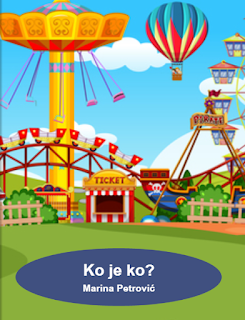Last time I explained why I incorporated so many beautiful Serbian songs into my teaching. Besides these popular songs, I'd also like to share the well-known poems, which are the part of Serbian culture and heritage.
Although learning them by heart is not very popular nowadays, I still remember many a verse because we had to learn them by heart at school a few decades ago (yes, I'm that old). Once you mention a few lines of a well-known verse, it will surely enrich the conversation, triggering some deeper layers of meaning and connotation.
That's why I'll create a follow-up exercise, for each poem or song, which you can do while listening to the pronunciation. I'll emphasize in bold the most prominent and recognizable lines, so you can learn them if you wish to :)
Let me start with the beautiful Santa Maria Della Salute by one of the most notable Serbian poets, Laza Kostić:
Although learning them by heart is not very popular nowadays, I still remember many a verse because we had to learn them by heart at school a few decades ago (yes, I'm that old). Once you mention a few lines of a well-known verse, it will surely enrich the conversation, triggering some deeper layers of meaning and connotation.
That's why I'll create a follow-up exercise, for each poem or song, which you can do while listening to the pronunciation. I'll emphasize in bold the most prominent and recognizable lines, so you can learn them if you wish to :)
Let me start with the beautiful Santa Maria Della Salute by one of the most notable Serbian poets, Laza Kostić:

.png)













